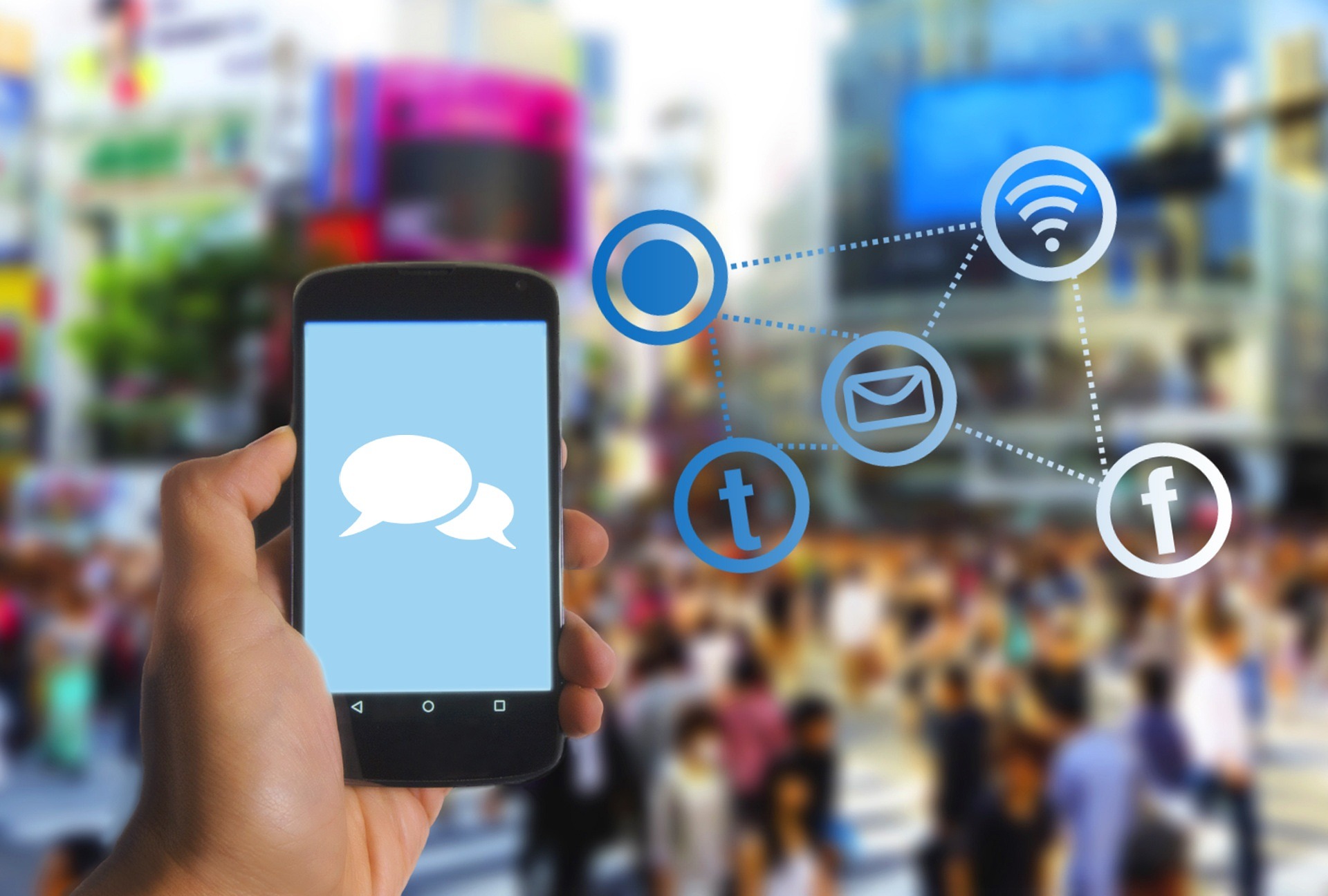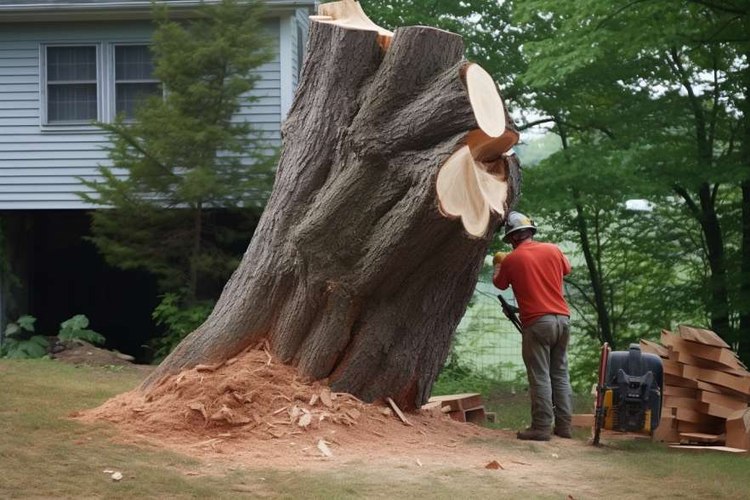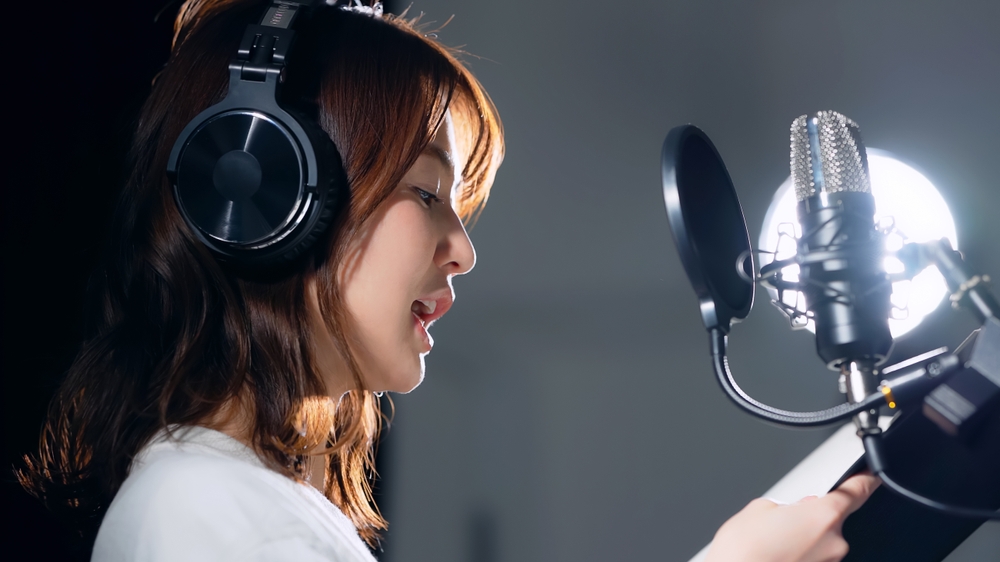Dissecting the Resurgence of Analog Artistry in a Digital World
Introduction: In an era where digital artistry is increasingly taking center stage, analog art forms are experiencing a surprising resurgence. Read below to explore the reasons behind this cultural shift, its societal implications, and what it means for the future of creativity.
A Historical Glimpse into Analog Artistry
Analog art, which refers to traditional forms of creative expression like painting, sculpting, printmaking, and drawing, has a rich and diverse history. These art forms have been integral to human societies for thousands of years, serving not only as a means of self-expression but also as a reflection of social, political, and cultural contexts. However, with the advent of digital technology in the late 20th century, the landscape of artistry began to shift dramatically.
The Digital Takeover and Its Implications
The onset of the digital age brought about a revolution in how we create, consume, and interact with art. Digital art forms, from graphic design to CGI and digital painting, have become more prevalent. They’ve been praised for their versatility, accessibility, and potential for innovation. However, this shift has also sparked debates about authenticity, skill, and the role of technology in creativity.
The Revival of Analog Artistry
Despite the dominance of digital art, there has been a recent resurgence in the popularity of analog art forms. This revival can be attributed to several factors, such as a growing appreciation for tactile experiences, a desire for authenticity, and a need to disconnect from the digital world. Interestingly, this trend is not limited to seasoned artists but is also evident among younger generations.
The Societal and Cultural Significance of the Revival
The resurgence of analog art has profound societal and cultural implications. It reflects a growing desire to return to ‘real’ experiences and a nostalgia for the past. It also signifies a pushback against the relentless digitization of our lives. Furthermore, it challenges the notion that progress always means moving away from the traditional. This trend suggests that society values not only innovation but also preservation.
The Future of Analog Artistry in a Digital World
While it’s unlikely that analog art will completely replace digital art, its resurgence indicates that these two forms can coexist and even complement each other. Many artists are now adopting a hybrid approach, combining traditional techniques with digital tools to create unique works. The future of creativity may lie not in choosing one over the other but in harnessing the strengths of both.
The revival of analog artistry amidst a digital-dominated era is a fascinating societal phenomenon. It underscores the enduring power of traditional art forms and the human need for tangible, authentic experiences. As we continue to navigate the digital age, this trend serves as a reminder that progress and tradition can, and should, coexist.





